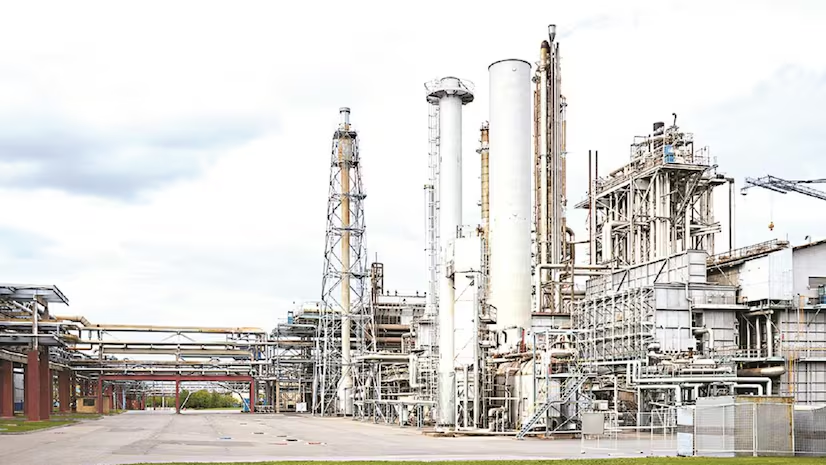- Courses
- GS Full Course 1 Year
- GS Full Course 2 Year
- GS Full Course 3 Year
- GS Full Course Till Selection
- Answer Alpha: Mains 2025 Mentorship
- MEP (Mains Enrichment Programme) Data, Facts
- Essay Target – 150+ Marks
- Online Program
- GS Recorded Course
- Polity
- Geography
- Economy
- Ancient, Medieval and Art & Culture AMAC
- Modern India, Post Independence & World History
- Environment
- Governance
- Science & Technology
- International Relations and Internal Security
- Disaster Management
- Ethics
- NCERT Current Affairs
- Indian Society and Social Issue
- NCERT- Science and Technology
- NCERT - Geography
- NCERT - Ancient History
- NCERT- World History
- NCERT Modern History
- CSAT
- 5 LAYERED ARJUNA Mentorship
- Public Administration Optional
- ABOUT US
- OUR TOPPERS
- TEST SERIES
- FREE STUDY MATERIAL
- VIDEOS
- CONTACT US
Revised Classification of Industries by Central Pollution Control Board (CPCB)
Revised Classification of Industries by Central Pollution Control Board (CPCB)
09-04-2025

- The Central Pollution Control Board (CPCB) has updated its industry classification system, categorizing a total of 419 sectors into five distinct categories based on their environmental pollution potential.
- These categories are Red, Orange, Green, White, and Blue.
- This new classification system aims to enhance environmental management by using a Pollution Index (PI) that reflects the impact of water, air, and hazardous waste generated by each sector.
Key Features of the New Classification System:
- Pollution Index (PI) Methodology: The revised classification system is based on the Pollution Index (PI), which was developed in 2016.
- The index assigns equal weight to the pollution scores from water, air, and hazardous waste, providing a balanced approach to determining the environmental impact of industries.
- Categories and Their Criteria: The industries are divided into five categories according to their PI score:
-
- Red (PI > 80)
- Orange (55 ≤ PI < 80)
- Green (25 ≤ PI < 55)
- White (PI < 25)
- Blue (Based on CPCB’s formula)
-
- Blue Category:
- The Blue category is reserved for Essential Environmental Services, which include industries and facilities that manage pollution from domestic and industrial activities. These services are critical for controlling, reducing, and mitigating environmental pollution.
- Examples in this category include municipal solid waste management and sewage treatment plants.
- Classification of Compressed Biogas Plants (CBP): Compressed Biogas (CBG) Plants are categorized based on the type of feedstock used:
-
- CBG plants using municipal solid waste, agro-residue, or energy crops may be placed under the Blue category due to their low environmental impact.
- CBG plants that process industrial or process waste will continue to fall under the Red category due to higher pollution potential.
-
- Incentives for Environmental Management: Industries that successfully implement environmental management measures may receive incentives, such as extended permits for their operations. This encourages better compliance with pollution control standards.
Industry Classification Based on Pollution Index (PI):
- Red Category (PI > 80): These industries have the highest environmental impact and include sectors such as:
-
- Cement manufacturing
- Automobile manufacturing
- Distilleries
-
- Orange Category (55 ≤ PI < 80): Industries in this category have moderate pollution potential, including:
- Brick manufacturing
- Dry cell battery production
- Coal washeries
- Green Category (25 ≤ PI < 55): These industries have a lower pollution impact and include:
- Manufacturing of compact discs (CDs/DVDs)
- Chilling plants
- White Category (PI < 25): Industries in the White category have minimal environmental impact. Examples include:
- Assembly of air coolers
- Cardboard manufacturing
- Medical oxygen production
- Blue Category: Industries that provide Essential Environmental Services, which manage waste and mitigate pollution from both domestic and industrial sources, fall into this category. Examples include:
- Sanitary landfills
- Integrated sewage treatment plants




